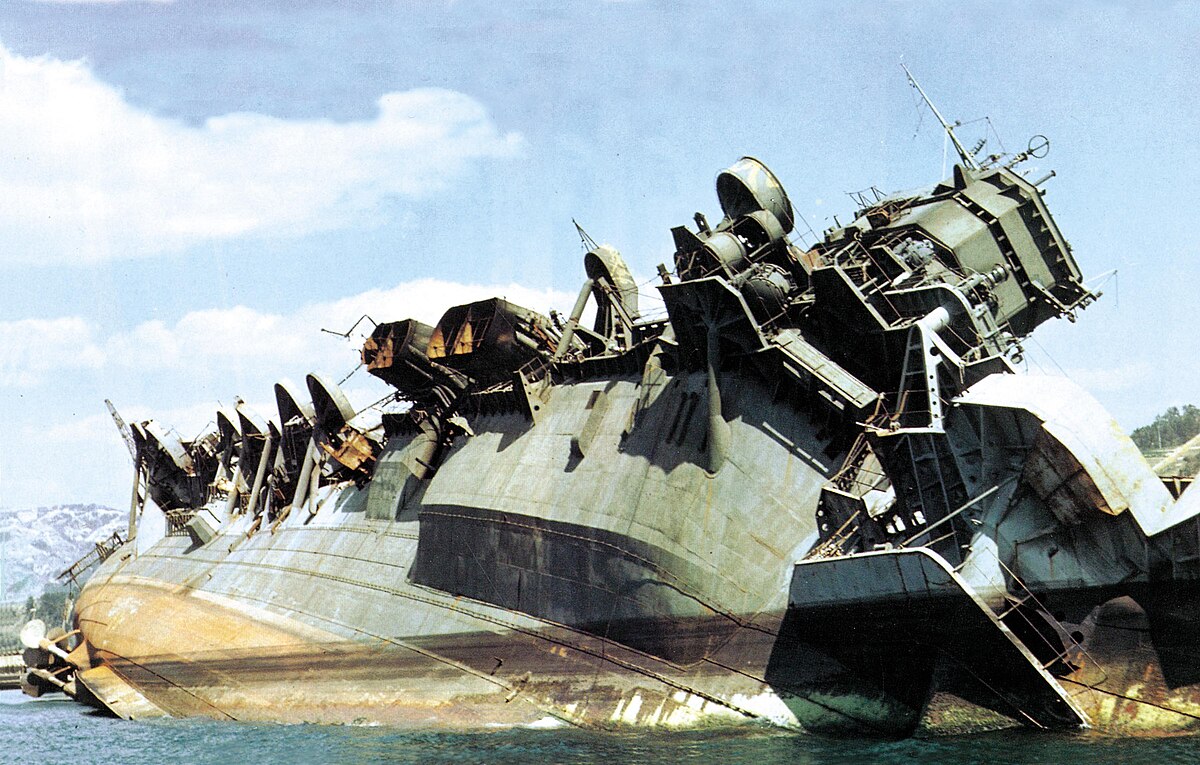windhund116
Senior Airman
- 360
- Jul 3, 2017
Were there any accurate accounts of a Jill sinking a US ship using a torpedo? Not suicide victories.
Thanks!
Thanks!
Follow along with the video below to see how to install our site as a web app on your home screen.
Note: This feature may not be available in some browsers.
Ad: This forum contains affiliate links to products on Amazon and eBay. More information in Terms and rules
You are right in your assumptions. According to this article the only naval vessels lost in the Pacific on that date were of Japanese origin:No names sited for those ships? Must have been an escort carrier, as I would think a main battle group one would have been reported?
View attachment 657505
You are right in your assumptions. According to this article the only naval vessels lost in the Pacific on that date were of Japanese origin:
Also, every account I've read were that the B6N was a complete failure as a combat machine. Most if not every claim its crews made turned out to be a distortion of the truth, with the agenda of the Japanese high command having a lot to do with this.

I read that too. Another unsubstantiated report which was accepted at face value due to its great propaganda potential.I remember a report on a New Guinea based IJN torpedo Tenzan bombers sinking two aircraft carriers. The only report on the US side was two landing crafts attacked by "Kates(?)" Damaged but not sunk.
Everything you mentioned contributed to its failure as an effective torpedo bomber. It may have been a fine aircraft in every other respect but it's combat record is dismal at best so IMHO that classifies it as a failure in its intended combat role.I would hardly call it a failure...
Looking through the Osprey Combat Aircraft book on the Nakajima B5N "Kate" and B6N "Jill" reveals the following B6N non kamikaze successes.
17/6/44 LCI(G) 468 sunk in a dusk attack by 5 Jills. 3 shot down by other craft.
12/10/44 cruiser Canberra torpedoed
13/10/44 cruiser Houston torpedoed and again on 16/10/44
Both these ships had to be towed to safety but survived. They did not however return to service until Oct 1945.
By this time Japanese tactics had evolved into using dusk attacks with targets silhouetted in the last remaining light with attackers coming from out of the dark.
5/12/44 SS Antoine Saugrain torpedoed twice by B6N. It sank next day. Other B6N made unsuccessful attacks on other ships in the convoy.
I would hardly call it a failure. Its entry to service was delayed until mid-1943, so it missed the big carrier battles of 1942. Only some 1,300 were produced. It suffered from the usual Japanese problems like unprotected fuel tanks. It had a high landing speed so could only operate from land bases or the ever diminishing number of large carriers. And by 1944 it was having to fight its way through ever increasing numbers of USN fighters (the Big Blue Blanket) and light AA to reach its targets. And USN levels of radar guided night defence also increased in 1944, with NF flights on every fleet carrier and specialist night carrier air groups being deployed from Aug.
Edit. Had the Canberra/Houston incident happened in 1942/43 then the ships would probably have had to have been scuttled. They were saved by the much higher standard of damage control displayed by the USN in 1944 and by the USN's ability to keep a sufficient level of airborne protection over them during the 2 weeks it took to tow these ships back to Ulithi for temporary repairs.
Looks like a bird in flight, with that wingspanThe Aichi B7A Ryusei was the airplane that SHOULD have been their torpedo bomber.
View attachment 657571
It was big, powerful (1,825 hp), fast (352 mph; 567 km/h), and it had great range (1,888 mi / 3,038 km).
The only problem with it was the fact that it came out when the big carriers had been sunk or would soon BE sunk (first flight May 42), so it didn't have any ships to operate from, only land. They only built 114 of them, but it was a formidable machine that never got a chance to show what it could do. Considering the speed it had, we are perhaps lucky it didn't get produced in numbers.
The superstructure was on the centreline on the LCI and its various gunboat derivatives, as in the lead ship in your photo.The large Landing Craft sinking (LCI 468, on 12/6/44) must have been what I read in another book. Though that book stated two crafts were attacked by "Kates(?)", one severely damaged and one moderately damaged. The pilots of the torpedo bombers reported the landing crafts as aircraft carriers. The number of US troops killed or injured was not reported. I must try to find that source.
I suppose the offset control tower could be mistaken as an aircraft carrier. If one is under intense anti-aircraft fire and flying zig-zag maneuvers during the initial mid-altitude approach to the target at high speed.
Thanks, for the follow-up and citation!
View attachment 657572
Rare footage of a "Grace" getting shot up by an F6F Hellcat (starts around 20 second mark):The Aichi B7A Ryusei was the airplane that SHOULD have been their torpedo bomber.
More complete film of that Grace getting shot up (3:33 mark). Scrolling on the time line gives the types of planes involved.
Best seen in HD1080 mode.